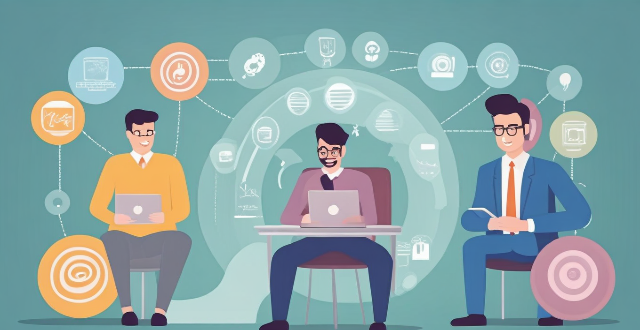Businesses must adapt to social distancing measures due to the COVID-19 pandemic. Strategies include rethinking workspace design, revamping customer interactions, training employees on new procedures, utilizing technology, and staying flexible. By implementing these strategies, businesses can operate safely and effectively during these challenging times.

How Can Businesses Adapt to Social Distancing Measures?
The COVID-19 pandemic has brought about unprecedented changes in the way we live and work. One of the most significant changes is the need for social distancing to prevent the spread of the virus. Businesses across various sectors have had to adapt quickly to these new measures to ensure the safety of their employees, customers, and the general public. Here are some strategies that businesses can implement to adapt to social distancing measures:
Rethink Workspace Design
Staggered Shifts and Reduced Capacity
- Implement staggered shifts to reduce the number of employees in the workplace at any given time.
- Reduce capacity by reconfiguring workspaces to allow for more distance between workstations.
Remote Work Options
- Encourage remote work where possible to minimize physical contact among employees.
- Provide necessary tools and resources for employees to work effectively from home.
Safety Measures in Common Areas
- Install hand sanitizing stations throughout the workplace, especially in high-traffic areas.
- Implement one-way systems in corridors and common areas to reduce face-to-face interactions.
Revamp Customer Interactions
Contactless Services
- Offer contactless payment options to minimize physical contact during transactions.
- Implement online booking systems to manage customer flow and avoid overcrowding.
Virtual Consultations
- Offer virtual consultations for services that can be provided remotely.
- Use video conferencing tools for meetings with clients or customers.
Clear Communication
- Post signage around the premises reminding everyone to maintain social distancing.
- Send regular updates to customers regarding your safety measures and any changes to your operations.
Train Employees on New Procedures
Health and Safety Training
- Conduct training sessions on proper hygiene practices and the use of personal protective equipment (PPE).
- Provide clear guidelines on how to report symptoms and seek medical attention if needed.
Emergency Response Plans
- Develop and communicate emergency response plans in case someone in the workplace tests positive for COVID-19.
- Establish a system for regular health checks and temperature screening for employees entering the premises.
Utilize Technology
Digital Tools for Collaboration
- Leverage collaboration tools like Slack, Microsoft Teams, or Google Workspace to facilitate communication and collaboration among teams.
- Invest in cloud-based solutions to enable seamless data access and sharing across different locations.
Automation and Efficiency
- Automate repetitive tasks using software solutions to reduce the need for close human interaction.
- Optimize workflows to ensure that essential tasks are completed efficiently with minimal physical contact.
Stay Flexible and Adaptable
Continuous Assessment
- Regularly assess the effectiveness of your social distancing measures and make adjustments as needed.
- Stay informed about local guidelines and regulations related to social distancing.
Open Lines of Communication
- Maintain open lines of communication with employees, customers, and suppliers to address concerns and share updates.
- Encourage feedback from all stakeholders to identify areas for improvement.
In conclusion, adapting to social distancing measures requires a comprehensive approach that encompasses changes in workspace design, customer interactions, employee training, technological advancements, and overall flexibility. By implementing these strategies, businesses can continue to operate safely and effectively during these challenging times.